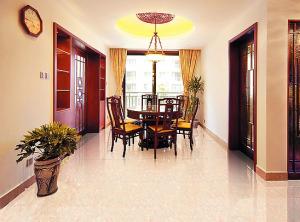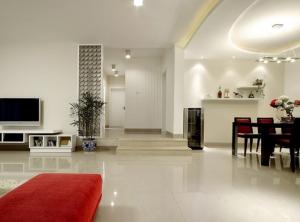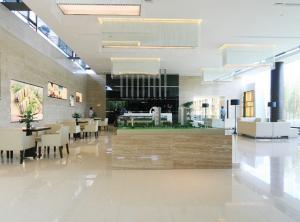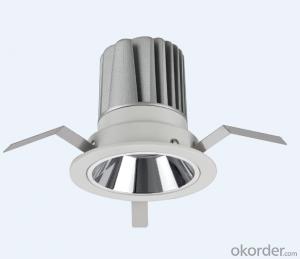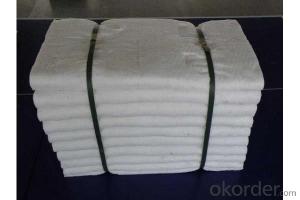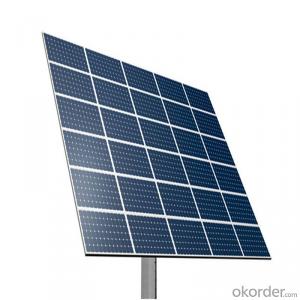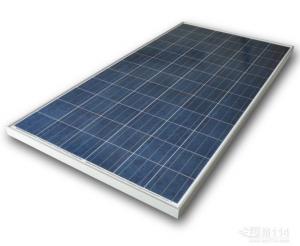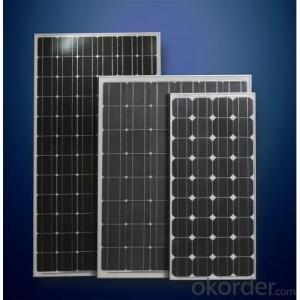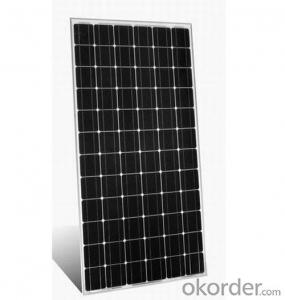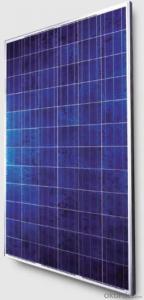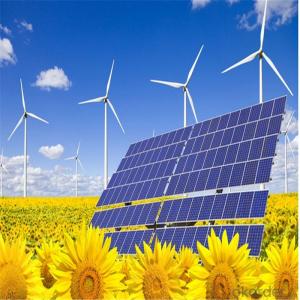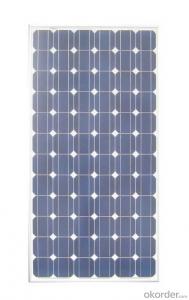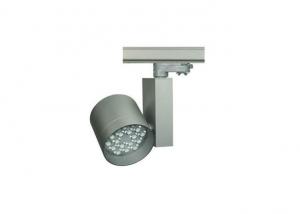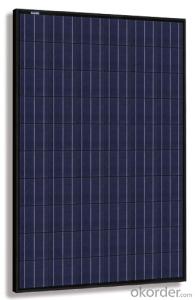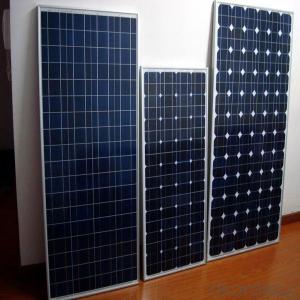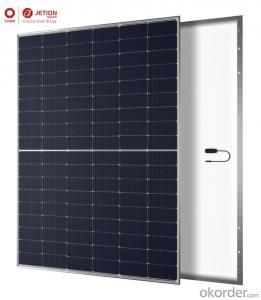500 Watt Solar Module
500 Watt Solar Module Related Searches
Contec Carpet Tile Geomembrana 500 MicronesHot Searches
Concrete Tile Manufacturers Tile Sample Boards Suppliers China Ac Module Solar Panel China Solar Ac Module China Solar Module Prices China Solar Module Solar Module China Ac Module Solar Panel Price Solar Inverter Panel Price Solar Panel Module Price Solar Module Wholesale Price Solar Module Price Per Watt First Solar Module Price Solar Module Price Increase Solar Module Price Solar Panel Inverter Size Solar Panel Module Size Solar Panel Inverter Suppliers Solar Panel Module Types Solar Inverter Solar Panel500 Watt Solar Module Supplier & Manufacturer from China
Okorder.com is a professional 500 Watt Solar Module supplier & manufacturer, offers integrated one-stop services including real-time quoting and online cargo tracking. We are funded by CNBM Group, a Fortune 500 enterprise and the largest 500 Watt Solar Module firm in China.Hot Products
FAQ
- Yes, solar panels can be used to power a factory. By installing a large number of solar panels on the factory's roof or in nearby open spaces, the generated solar energy can be harnessed and converted into electricity to meet the power requirements of the factory. This can help reduce the dependency on traditional grid electricity and also contribute towards a more sustainable and environmentally friendly operation of the factory.
- I would like to know if I had a mobile kitchen could I power it from solar panels mounted atop the vehicle (truck).(to power electric kitchen equipment, i.e. stove, deep fryer.), instead of propane…could I possibly connect the solar panels to a battery to save my generated electricity? If solar panels would not be enough power could a small windmill suffice…?
- The best way to find out is to determine the wattage of each piece of equipment you want to use and how many hours you want to use those pieces of equipment. Finally, calculate the total number of Watt-Hours you need at minimum. Then you need to research solar panels or mobile wind mills (they need to be pretty huge to get a decent amount of energy I think, so solar power is probably the way to go). You will need to figure out the efficiency of the solar panels, the size of the array, how you will turn it or if you will turn it at all (to face the sun to get the maximum energy input, or maybe to use mirrors so you don't have to turn it. Once you find a good configuration for your mobile kitchen, you need to calculate if the Watt-Hours you will generate on an average day (with average weather) is enough to power the equipment whose energy requirements you previously calculated. Then you have to keep in mind that some days will have no sun, and you may not be working on some days, but you can still capture sunlight. For each case, a large battery array will be required. If you had a guage on that array, you could also hook it up to the a small generator in case you need immediate power. It's an eco-friendly process, but the initial cost is high and it requires a lot of research and planning. This is why most people do not do it--not because they don't want free energy from the sun, but because it's not easy to start collecting that energy in an efficient way. Sorry I couldn't give you more specific numbers, but a solar panel sales agency should be able to estimate whether or not you could do it (they'd probably set it all up for you too). ^_^
- Yes, solar panels can be installed on community buildings. Installing solar panels on community buildings is a popular and effective way to generate clean and renewable energy for the community. It not only helps reduce electricity costs but also contributes to a sustainable and eco-friendly environment.
- I have a solar panel 7.5V .25W 50mah, connect 2 in parallel to power a RC boat. The boat use to run on 6cell battery pack - 7.2V 800Mah.The dc motor requirement based on the provided battery pack, i assume would be 7.2V and rated at (7.2V * .8Amp) = 2.96 Watt.Would two of my solar panels run this DC motor ?are my calculations or understanding correct ?do lend a hand dear ''world''
- Wood? Steel tubing could be a lot lighter. Use the hardest narrowest tires you can find bicycle wheels and tires would work nicely and they can be had with really light disc breaks. As for a motor a golf cart motor is made to order. You can get an old electric golf cart and have almost all the parts you will need. Hell cover the roof of the cart with photo voltaic and have a ball. Note I stress weight savings as weight will cost you energy and with photos you won't have much to spare. You will need a battery pac of some sort lithium are a better choice than lead acid. there is a ton more to consider good luck with your project.
- Yes, solar panels are designed to withstand extreme weather conditions. They are built to be durable and can withstand hail, heavy rains, high winds, and even snow loads. Additionally, they are made with materials that can resist corrosion and damage from prolonged exposure to sunlight.
- What size of system would I need to get if I use on average 500 kilowatt hrs a month I would like to do a tie in grid system I live in the states south central area of States any info or links to sites would be wonderful I am interested in this type of energy soure thank you
- Since you are consuming 500 KiloWatts*hours (.5 MegaWatts*hours) per month on average, you need to find out how many KiloWatts per day, so 500 KWh*h / 30 days = 50 KWh per day. With an average of 2 hours of sunlight per day, or even more conservative of 0 hours of sunlight per day 50 KWh / 2 hours = 4.667 KW solar panel system 50 KWh / 0 hours = 5 KW solar panel system An average solar panel is 200W to 250W, so 5 KW / 200W = 25 solar panels 5 KW / 250W = 20 solar panels Solar panels are currently about $ per Watt, so 5 KW of panels is $5,000 A 5KW inverter that is about $5,000 Other incidentals are about $2,000 Total cost (not including labor) is $2,000 Price per KWh is about $0.0 per KWh for East South Central states. Savings per month is *at least* $50 since there are other charges in your electric bill other than usage that are tied directly to your usage as costs. So $50 / month * 2 months = $,800 per year $2,000 investment / $,800 per year = 6.67 years or 6 years, 8 months to pay off the system. Contact many Solar contractors in your area for competitive pricing of labor and for a more detailed analysis of your home.
- Yes, solar panels can be used in areas with high levels of noise from transportation. Noise pollution does not directly affect the functionality of solar panels as they primarily rely on sunlight to generate electricity. However, it is important to ensure that the installation of solar panels is done properly to avoid any physical damage caused by vibrations or other factors associated with transportation noise.
- For those solar panels that you install on your rooftops, do they generate electricity when it's cloudy? And if yes, how much electricity does it generate compared to sunny days? For example...like only 25% electricity generated compared to sunny days?
- Yes. If there is any light, even on a cloudy day, a solar panel can generate power. But the amount of power generated is much less when the solar panel is not in direct sunlight (about 90% less). On a cloudy day, typical solar panels can produce 0-25% of their rated capacity. The exact amount will vary depending on the density of the clouds, and may also vary by the type of solar panel; some kinds of panels are better at receiving diffuse light. SunPower solar cells, for example, have been designed to capture a broader range of the solar spectrum. By capturing more red and blue wavelengths, their solar panels can generate more electricity even when it’s overcast. Ultraviolet light also reaches the earth’s surface in abundance during cloudy days (if you’ve ever been at the beach when it’s cloudy and gotten a sunburn, you’ve experienced this firsthand). Some solar cells are in development that can capture UV rays, although these are not out on the market yet. Even with a standard solar panel on a cloudy day, though, you will be able to generate some power when it’s daylight. The same thing is true in foggy weather. If you live in a city with frequent fog, like San Francisco, you’ll still be able to generate electricity when the fog rolls in. :)


